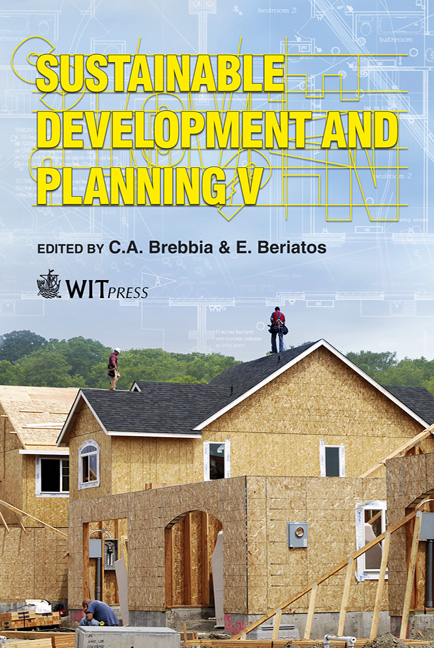Integrating Passive Cooling Techniques For Sustainable Building Performance In Hot Climates With Reference To The UAE
Price
Free (open access)
Transaction
Volume
150
Pages
12
Page Range
201 - 212
Published
2011
Size
3,562 kb
Paper DOI
10.2495/SDP110181
Copyright
WIT Press
Author(s)
M. A. Haggag & S. K. Elmasry
Abstract
On-going development in many parts of the United Arab Emirates has consequences on the urban environment. The use of glazed facades in modern buildings has come with an increased operational cost due to the higher solar gain. However, such strategies have increased in popularity mainly in the local building industry. Thus, improving the ecological performance of buildings and minimizing the impact of urban development on the natural environment are the main concerns for developers and stakeholders in the country at present. These goals have been acknowledged by national and international architectural firms and building developers such as Foster & Partners, Creative Kingdom and Mirage Mille; which have been incorporating ecological and sustainable approaches in significant projects such as Masdar City in Abu Dhabi, and Madinat Jumeirah in Dubai, where various concepts and techniques have been used to promote energy-efficiency in the buildings and avoid increased cooling loads. The use of passive cooling techniques including natural ventilation, thermal mass, shading devices, and responsive landscaping have been adopted in significant projects to maintain the new vision of the country towards building sustainability. Other cooling techniques such as green roofs and green façades have also been practised recently in a number of projects across the country. This paper investigates alternative passive strategies for reducing energy consumption in contemporary building design and construction in the UAE. Four techniques are examined in the study: natural ventilation, thermal mass, shading strategy and green walls, and are illustrated in three case studies: Masdar City, Madinat Jumeirah, and Liwa International School in the cities of Abu Dhabi, Dubai and Al Ain respectively. The design and performance of these projects are analyzed and evaluated, with emphasis on passive and sustainable strategies.
Keywords
low energy building performance, green wall, passive cooling techniques, sustainability, UAE





